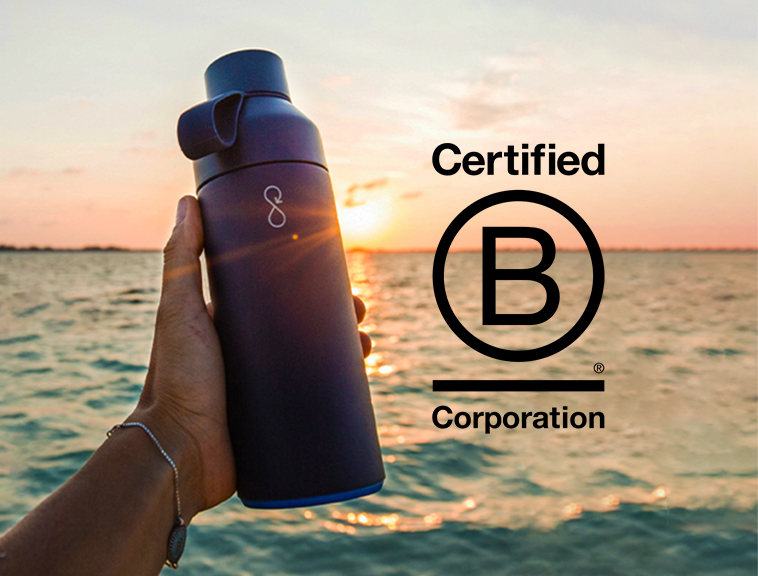5 Essential Tips for Selecting Promotional Products in APJC

Promotional products are powerful marketing tools. They help increase brand visibility, build customer loyalty, and boost sales.
However, choosing the right branded promotional products for the Asia-Pacific Japan and Greater China (APJC) region can be challenging. This market is diverse, with different and unique cultures, preferences, and market conditions.
In this blog post, we will share five key tips to help you choose promotional products that connect with your APJC audience.
By following these tips, you can improve your promotional product campaigns in this competitive and fast-growing market.
1. Understand Cultural Differences
Navigating cultural differences is crucial in the APJC region. Each country has its unique traditions, customs, and values. This means that a one-size-fits-all approach rarely works.
Be mindful of color symbolism and its importance. For instance, red symbolises prosperity in China, while white is often avoided there. Align colors with positive local sentiments.
Messages on promotional products should be appropriate. Stay away from phrases or idioms that might cause confusion. Using culturally relevant messages helps build a strong connection with your brand.
Also, think about local events and holidays when planning. Customising promotional products for these occasions shows respect and makes them more meaningful.
2. Ensure Brand Consistency
A unified brand identity is key in a diverse market. By centralising corporate merchandise, brands maintain consistent logos, colors, and messaging. Always remember that consistency strengthens recognition.
Select promotional products that align with your brand's image. High-quality branded merchandise leaves a lasting impression and communicates reliability. Consistency builds trust among customers.
Using centralised corporate stores streamlines branding across regions. It ensures that every promotional product mirrors the brand's core values and aesthetics accurately. This approach prevents inconsistent branding.
Lastly, regularly review your branded products. Consistent monitoring helps identify deviations swiftly and maintain brand integrity across all platforms.
3. Streamline Distribution and Inventory Management
A smooth distribution network cuts down on delays and boosts service. Centralized corporate stores help make operations more uniform, leading to quicker order delivery.
Good inventory management is key to preventing both excess stock and shortages. Automated systems can monitor stock levels so you’re ready for demand increases.
Buying in bulk can save costs and make distribution easier. It helps reduce the confusion and changes that come from separate orders.
Working with local suppliers in the APJC region can speed up delivery times. This method also helps local economies and improves responsiveness.
4. Engage Customers with Personalisation
Personalised promotional products resonate more with customers. They create a sense of exclusivity and personal connection that enhances brand loyalty and recall.
Custom merchandise can reflect customer preferences. Use data analytics to predict and cater to these desires, ensuring relevance.
Engaging designs and unique messages captivate attention. Personal touches, like custom names or features, boost emotional appeal.
Promotional products with personal touches also stand out. They drive higher interaction rates, converting passive audiences into active brand advocates.
5. Embrace Sustainability and Quality
Sustainability is crucial for eco-conscious consumers. Choose eco-friendly promotional products to align with these values. They enhance your brand's image and responsibility.
Quality should never be compromised for sustainability. High-quality branded products leave a lasting impression. This process encourages customer retention and positive brand perception.
Sustainable choices can also be cost-effective in the long run. Reduced waste and efficient production lower expenses. This benefits both the business and the environment.
Furthermore, partner with responsible suppliers. Such collaboration ensures compliance with ethical standards and promotes sustainability across supply chains. It's an investment in your brand's future.
Related Posts





.png?width=1138&height=163&name=APJC%20CTA%201%20(1).png)



Comments